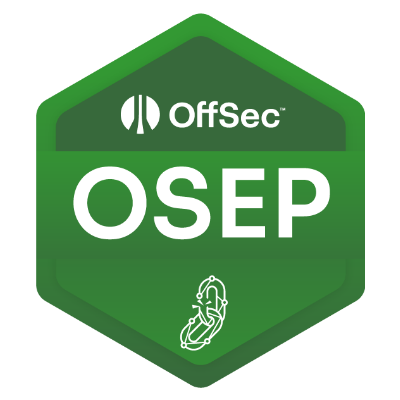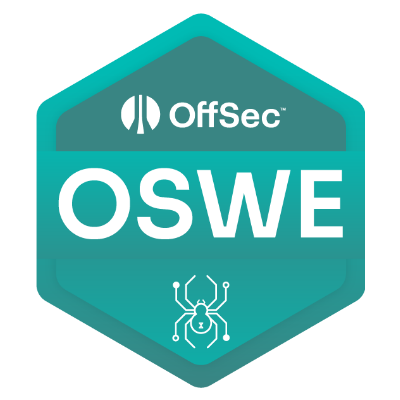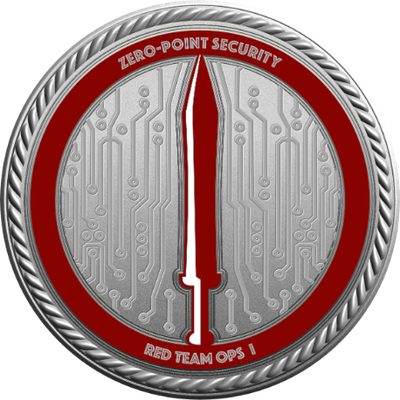RED Teaming: Simulation of realistic attack scenarios to improve IT security
RED Teaming focuses on identifying and exploiting security gaps in a company's IT infrastructure. This involves adopting the perspective of an attacker in order to simulate realistic attack scenarios and comprehensively assess the security situation. This offensive method is a central component of modern IT security strategies and complements the work of defenders such as the BLUE Teamwhich specializes in defending against such attacks.
RED Teaming methods and tools
Red teaming refers to a wide range of techniques and tools that are used to specifically uncover vulnerabilities in IT systems, business processes and physical security. In contrast to traditional penetration tests, which primarily identify technical gaps, a red team also relies on realistic simulations of cyber attacks. These include social engineering campaigns such as spear phishing, which specifically exploit human weaknesses and simulate attacks by real attackers. The aim of red teaming is to test a company's response and resilience to complex attack scenarios.
In addition to digital methods, the Red Team also tests physical security, for example by bypassing access controls, manipulating IT infrastructure or simulating attempted break-ins. Such offensive security strategies not only provide indications of obvious gaps, but also uncover deeper structural weaknesses that could jeopardize the security level of the entire organization in the long term. Through these practical tests, both the Blue Team for defense and the Purple Team gain valuable insights to improve cyber security in a targeted manner.
What is the difference to a classic pentest?
Our approach is modular. Depending on the respective modules, security gaps in the IT infrastructure are identified. In contrast to penetration tests, we don't just use automated tools, but instead our experts take an individualized approach to the conditions of the existing infrastructure.
Advantages of RED Teaming
Red Teaming offers companies an effective way to test and improve their IT security under real-life conditions. Through the targeted simulation of realistic cyber attacks, potential vulnerabilities in IT infrastructures, applications and business processes can be identified at an early stage and closed in a targeted manner. The Red Team uses a variety of techniques and procedures to identify security vulnerabilities - in the spirit of offensive security.
The use of Red Teaming not only enables the evaluation of existing security measures, but also contributes to the development of future-proof strategies to detect attacks at an early stage and respond to them efficiently. The close cooperation with the Blue Team - responsible for defense - also creates valuable synergies. This generates valuable insights that strengthen your organization's resilience in the long term. The difference between the Red Team and the Blue Team becomes an advantage: cyber security can be continuously improved through the interaction of both sides.
see also: Cyber Defense Center















.png)
.png)
-1920x1013.jpg)






